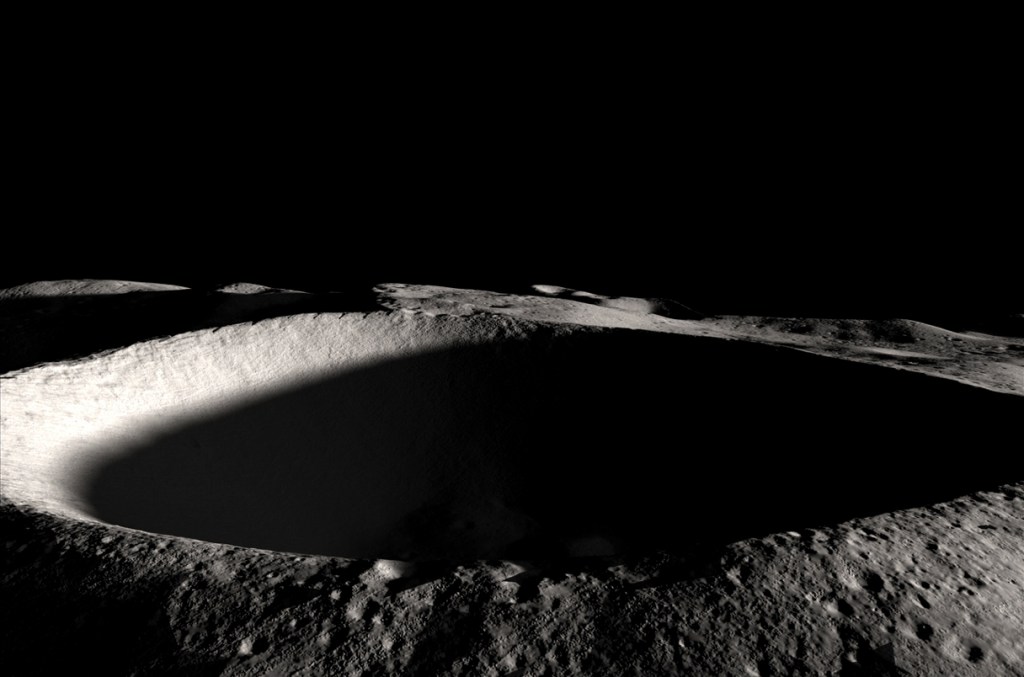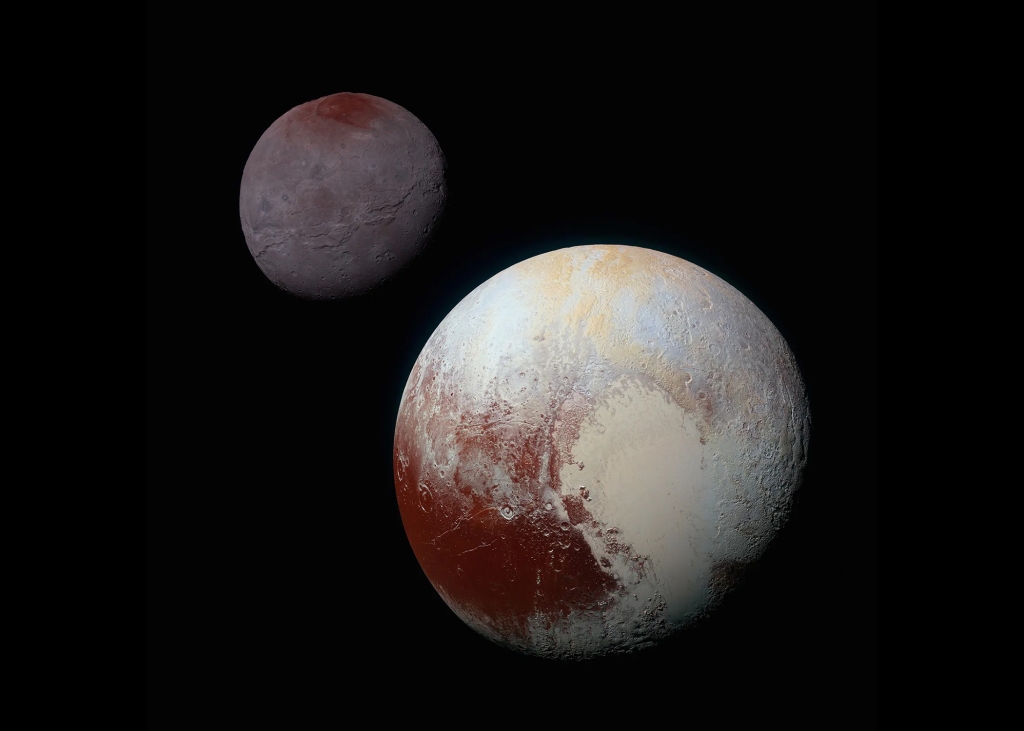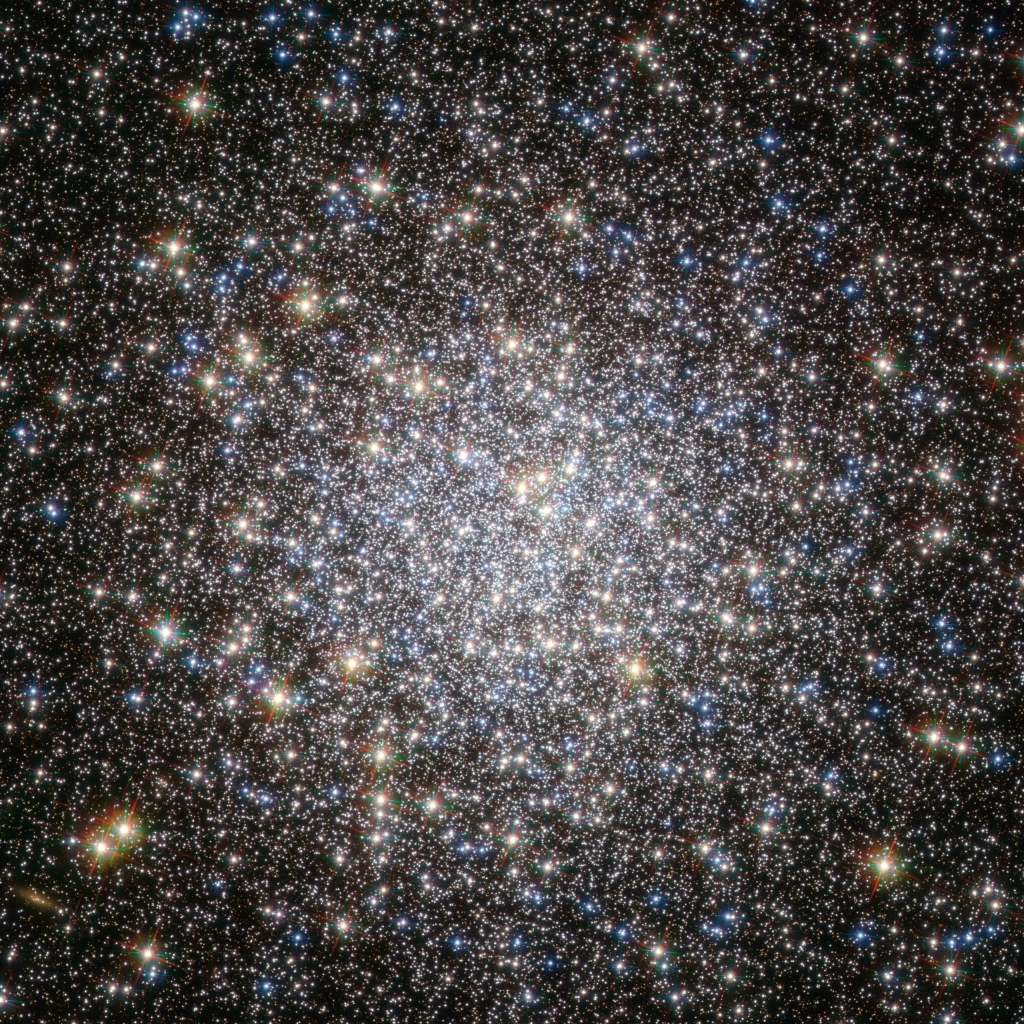- Researchers utilizing instruments on the Lunar Reconnaissance Orbiter have discovered new insights into the Moon’s permanently shadowed regions, indicating the potential presence of water ice and other volatiles critical for future lunar exploration.
- The study focused on the relationship between surface roughness and condensed volatiles in the lunar south pole, finding a correlation between subdued roughness, temperature, and light reflectance that suggests volatiles may soften and alter lunar terrain.
- This research underscores the global importance of lunar cold traps for scientific knowledge and resource utilization, paving the way for future missions like NASA’s VIPER rover to further explore and potentially exploit these volatile reserves.
In a significant leap for lunar science and exploration, researchers have unveiled new insights into the moon’s most enigmatic features—its permanently shadowed regions (PSRs). These cold traps, nestled within the lunar poles, are believed to house condensed volatiles, including potentially vast reserves of water ice, which are of paramount importance for both scientific inquiry and future lunar resource utilization.
Utilizing an array of sophisticated instruments aboard the Lunar Reconnaissance Orbiter (LRO), including the Lunar Orbiter Laser Altimeter (LOLA), the Lyman Alpha Mapping Project (LAMP), the Lunar Reconnaissance Orbiter Camera (LROC), and the Diviner Lunar Radiometer Experiment, the study embarked on an ambitious mission. The research focused on dissecting the intricate relationship between lunar surface roughness and the elusive condensed volatiles within the lunar south pole’s PSRs.
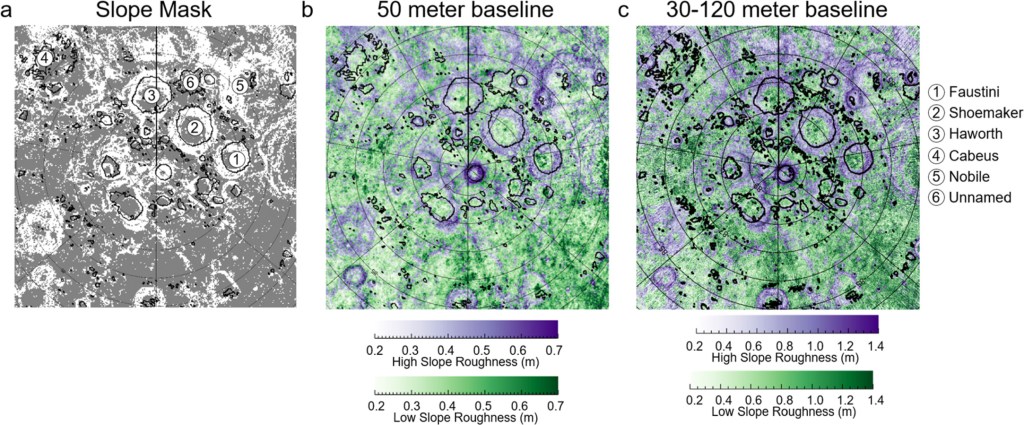
The investigation honed in on six craters at the south pole, such as Faustini and Shoemaker, and their surrounding non-cold-trap areas, delving into the comparison of their topographic roughness against six analogous equatorial craters. This comparison aimed to isolate the effects of condensed volatiles on the lunar landscape. Despite initial challenges posed by the low levels of direct solar illumination in these regions, which make direct observation of volatiles a daunting task, the researchers employed innovative techniques to probe beneath the surface.
The findings revealed that while surface roughness is not a standalone indicator of the presence of condensed volatiles, there exists a notable correlation between subdued roughness, temperature, and specific light reflectance patterns. This suggests that the presence of condensed volatiles may indeed influence the lunar terrain, potentially softening it and altering its physical properties.
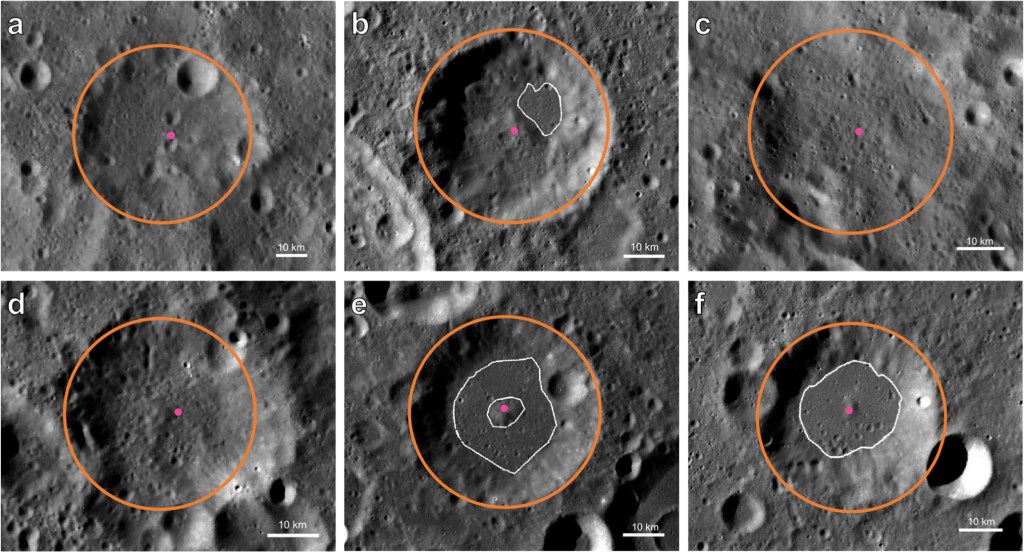
This research holds profound implications for our understanding of the moon and its potential as a resource for future exploration. The identification and characterization of condensed volatiles in PSRs are crucial for deciphering the volatile history of the Earth-Moon system and could provide essential resources for crewed and robotic missions, potentially revolutionizing space travel logistics by offering in-situ resource utilization.
The international interest in these lunar cold traps underscores the global recognition of their significance. The study’s findings not only contribute to the ongoing scientific discourse on lunar volatiles but also set the stage for future exploratory missions, such as NASA’s upcoming VIPER rover mission. VIPER aims to provide ground-truth observations of PSRs near the lunar south pole, further building on the foundation laid by this comprehensive analysis.
Despite the successful observations and correlations drawn from the study, challenges remain in fully understanding the distribution and nature of ice within these shadowed lunar recesses. The low illumination conditions of PSRs, while aiding in the preservation of volatiles, also complicate their study, requiring continued innovation in observation and analysis techniques.
This new research marks a significant milestone in lunar exploration, shedding light on the shadowed corners of the moon that have long captivated scientists and explorers alike. As we stand on the brink of a new era of lunar exploration, the findings from this study not only deepen our understanding of our closest celestial neighbor but also open new avenues for the sustainable exploration and utilization of space resources.
Source: Magaña, Lizeth O, et al. “Surface Roughness at the Moon’s South Pole: The Influence of Condensed Volatiles on Surface Roughness at the Moon’s South Pole.” The Planetary Science Journal, vol. 5, no. 2, 2024, p. 30, dx.doi.org/10.3847/PSJ/ad18da, https://doi.org/10.3847/PSJ/ad18da.
Featured Image: Shackleton Crater – NASA/Goddard Space Flight Center

